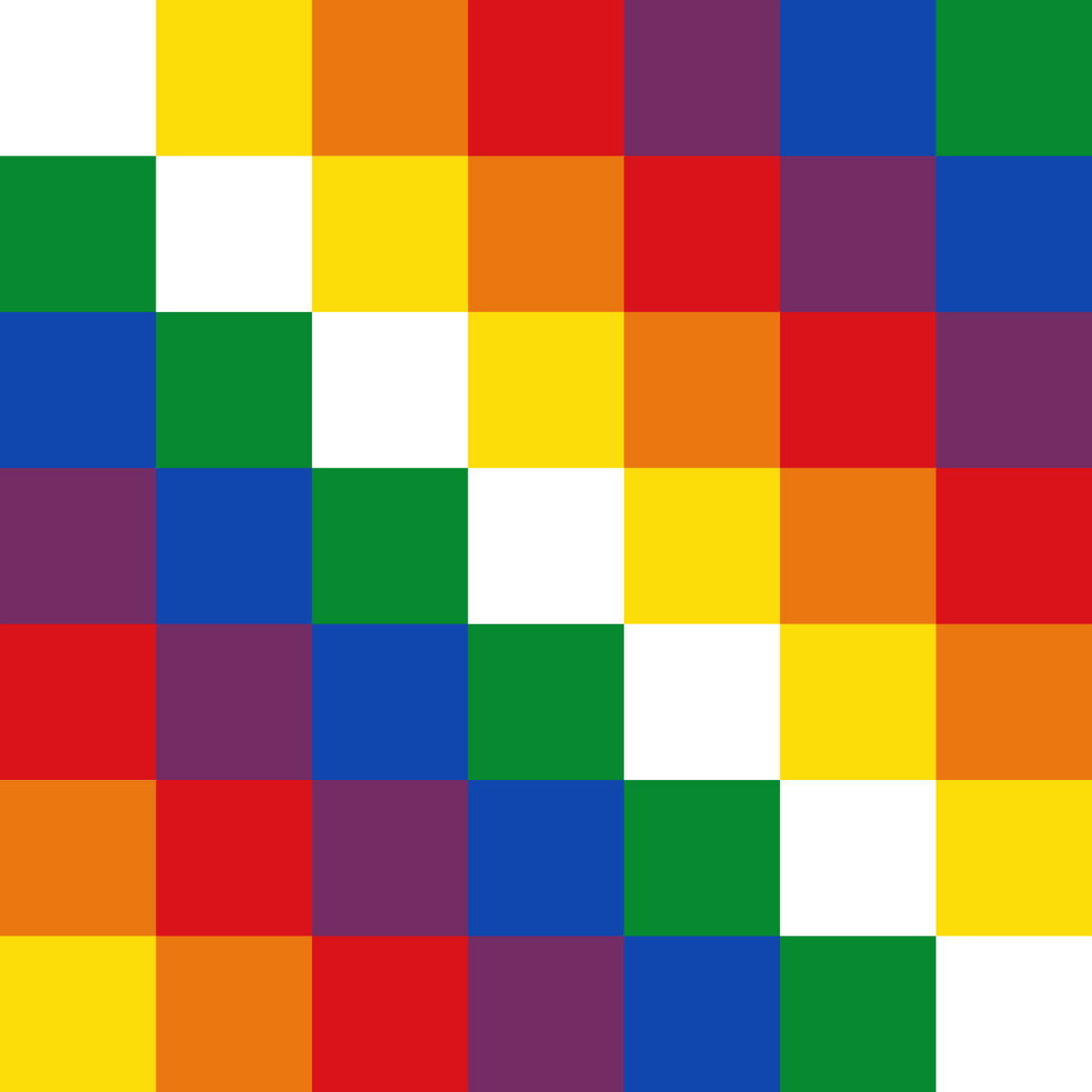Haka are a variety of ceremonial dances in Māori culture. A performance art, haka are often performed by a group, with vigorous movements and stamping of the feet with rhythmically shouted accompaniment. Haka have been traditionally performed by both men and women for a variety of social functions within Māori culture. They are performed to welcome distinguished guests, or to acknowledge great achievements, occasions, or funerals.
Kapa haka groups are common in schools. The main Māori performing arts competition, Te Matatini, takes place every two years.
New Zealand sports teams’ practice of performing a haka to challenge opponents before international matches has made the dance form more widely known around the world. This tradition began with the 1888–89 New Zealand Native football team tour and has been carried on by the New Zealand rugby union team (known as the All Blacks) since 1905. Although popularly associated with the traditional battle preparations of male warriors, conceptions that haka are typically war dances, and the inaccurate performance of haka by non-Māori, are considered erroneous by Māori scholars.
Etymology
The group of people performing a haka is referred to as a kapa haka (kapa meaning group or team, and also rank or row). The Māori word haka has cognates in other Polynesian languages, for example: Samoan saʻa (saʻasaʻa), Tokelauan haka, Rarotongan ʻaka, Hawaiian haʻa, Marquesan haka, meaning ‘to be short-legged’ or ‘dance’; all from Proto-Polynesian saka, from Proto-Malayo-Polynesian sakaŋ, meaning ‘bowlegged’.
History and practice
According to Māori scholar Tīmoti Kāretu, haka have been “erroneously defined by generations of uninformed as ‘war dances’”, while Māori mythology places haka as a dance “about the celebration of life”. Following a creation story, the sun god, Tama-nui-te-rā, had two wives, the Summer Maid, Hine-raumati, and the Winter Maid, Hine-takurua. Haka originated in the coming of Hine-raumati, whose presence on still, hot days was revealed in a quivering appearance in the air. This was haka of Tāne-rore, the son of Hine-raumati and Tama-nui-te-rā. Hyland comments that “[t]he haka is (and also represents) a natural phenomena [sic]; on hot summer days, the ‘shimmering’ atmospheric distortion of air emanating from the ground is personified as ‘Te Haka a Tānerore’”
War haka (peruperu) were originally performed by warriors before a battle, proclaiming their strength and prowess in order to intimidate the enemy. Various actions are employed in the course of a performance, including facial contortions such as showing the whites of the eyes (pūkana), and poking out the tongue (whetero, performed by men only)
18th and 19th centuries
The earliest Europeans to witness haka described them as being “vigorous” and “ferocious”. From their arrival in the early 19th century, Christian missionaries tried unsuccessfully to eradicate haka, along with other forms of Māori culture that they saw as conflicting with Christian beliefs and practice.
Modern haka
In modern times, various haka have been composed to be performed by women and even children. In some haka the men start the performance and women join in later. Haka are performed for various reasons: for welcoming distinguished guests, or to acknowledge great achievements, occasions or funerals.
The 1888–89 New Zealand Native football team began a tradition by performing haka during an international tour. The common use of haka by the national rugby union team before matches, beginning with The Original All Blacks in 1905, has made one type of haka familiar.
The choreographed dance and chant popularized around the world by the All Blacks derives from “Ka Mate”, a brief haka previously intended for extemporaneous, non-synchronized performance, whose composition is attributed to Te Rauparaha (1760s–1849), a war leader of the Ngāti Toa tribe. The “Ka Mate” haka is classified as a haka taparahi – a ceremonial haka performed without weapons. “Ka Mate” is about the cunning ruse Te Rauparaha used to outwit his enemies, and may be interpreted as “a celebration of the triumph of life over death”.
Specific legal challenges regarding the rights of the Ngāti Toa to be acknowledged as the authors and owners of “Ka Mate” were eventually settled in a Deed of Settlement between Ngāti Toa and the New Zealand Government and New Zealand Rugby Union agreed in 2009 and signed in 2012.
Megathreads and spaces to hang out:
- 📀 Come listen to music and Watch movies with your fellow Hexbears nerd, in Cy.tube
- 🔥 Read and talk about a current topics in the News Megathread
- ⚔ Come talk in the New Weekly PoC thread
- ✨ Talk with fellow Trans comrades in the New Weekly Trans thread
- 👊 Share your gains and goals with your comrades in the New Weekly Improvement thread
- 🧡 Disabled comm megathread
reminders:
- 💚 You nerds can join specific comms to see posts about all sorts of topics
- 💙 Hexbear’s algorithm prioritizes comments over upbears
- 💜 Sorting by new you nerd
- 🌈 If you ever want to make your own megathread, you can reserve a spot here nerd
- 🐶 Join the unofficial Hexbear-adjacent Mastodon instance toots.matapacos.dog
Links To Resources (Aid and Theory):
Aid:
Theory:


shoutouts to that one therapist who asked me if I knew what the phrase “don’t throw stones in a glass house” meant after I told him I feel like I’m losing my mind because I’m constantly surrounded by morons
Yessir it’s totally me being insecure about my intelligence and not the average American being a gullible dumbass being led into fascism, no sir
i’ve never been: are therapists supposed to talk to patients like that or was that some poor improv?
from my other experiences and what I’ve heard from friends, it’s not normal for therapists to act like this but it’s also not uncommon